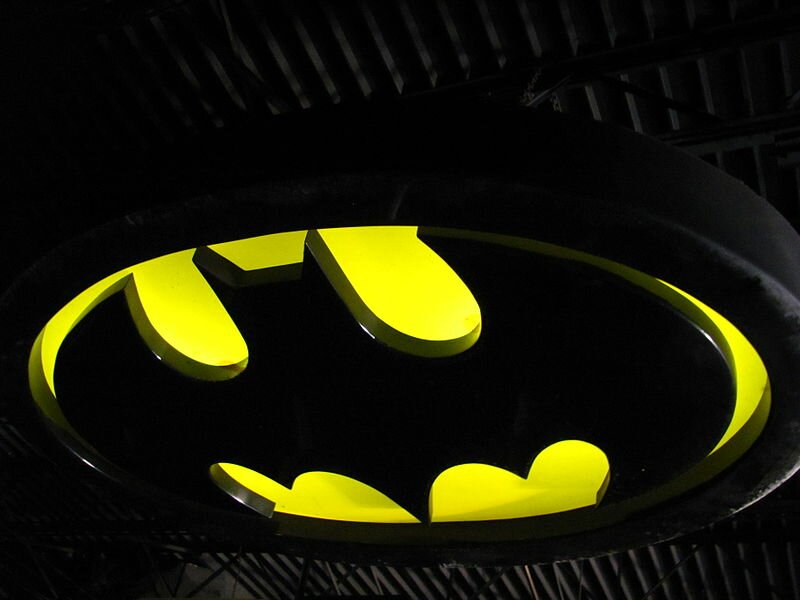Correspondent (Our World)
Walking around aquamarine parks and observing the different species of sea life and even having the (expensive) opportunity to swim with one of the most enchanting mammals of all — the dolphin, it is difficult to see what faults these parks could have. However, the barbaric truth of the dolphin hunting culture in Japan, which has unravelled over the past few years, is sickening and any humane person who respects our planet and the animals it inhabits should read this.
Though the International Whaling Commission outlawed commercial whaling in 1986, dolphin hunts remain legal, and each year over 30,000 dolphins are legally slaughtered in Taiji, Japan and also in coastal lagoons and coves of other islands of the South Pacific and North Atlantic. The insidious motive behind the mass dolphin slaughtering is their financial worth — a live dolphin captured for a marine park can be sold for up to $200,000 and a dolphin killed for meat earns up to $600. However, no financial validation can justify the hunters’ barbaric and inhumane methods of capturing and killing these helpless creatures.
The world began to realise what was going on in Japan in 2009 thanks to the Oscar award-winning documentary The Cove. Through real video footage, the documentary shows how each year hundreds of dolphins are herded into a fishing village near Taiji and manually killed with knives, spears and hooks, turning the usually clear Taiji waters into a scarlet blood bath of murdered dolphins. This is part of the ‘drive-hunting’ technique by which the hunters herd the dolphins into large nets by using loud banging sounds, which disrupt their distinctive sonar and causes panic among the mammals. Once captured, they are dragged to shallow cove waters or to shore where they remain until slaughtering. Like this isn’t horrendous enough, the manual slaughtering technique means the average time to the dolphin’s death is 300 seconds; they often still move for a while after being impaled.
The dolphins that aren’t killed for meat have a slim chance of living a long and healthy life. They are separated from their close knit family units, hoisted in trucks away from the ocean to far away pools. They can no longer swim their customary 40 miles a day in open waters or use their sonar properly. Over half of the captured dolphins die within two years of being captivated.
Though international campaigns and protests have brought attention to this horrendous and inexcusable industry, there is still more to be done if dolphins of the South-Pacific and North Atlantic oceans are to be freed from being savaged for human entertainment and consumption.
Image Courtesy: Mikol, originally posted to Flickr as Dolphin Family, Released under the Creative Commons Attribution-Share Alike 2.0 Generic license| Wiki Common www
Cliona Elliott
Latest posts by Cliona Elliott (see all)
- Mmmulled Wine - December 2, 2013
- Feeling Jammy - November 25, 2013
- Is This Plant a Miracle? - November 19, 2013









No comments
Be the first one to leave a comment.